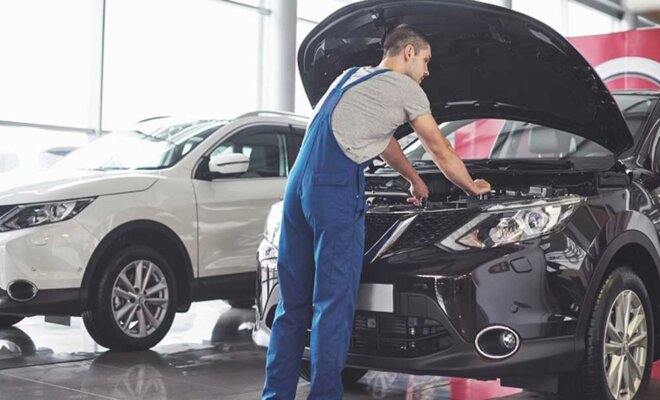Vehicles have specific registration stipulations depending upon the states these are driven, and there are also stringent rules on the kind of conditions under which they can be used on the roads. For this reason, most of the states specify the guidelines regarding tests that the vehicles should undergo. The basic consideration is to determine whether the vehicle can run smoothly and safely on the road. This means that each vehicle on the road has to go through a series of tests that determine their condition for operating on the roadways.

The Mandatory Check
This kind of testing can be done only by service centers that have the necessary gadgets, manpower and the expertise to carry out these tests on a vehicle. It is on the successful completion of tests that vehicles are given roadworthy certificate to further run on the road. Although, the stipulations may vary from state to state, there are some basic test specifications that no state will be able to avoid. This series involves determining the basic tenacity and the running condition of a vehicle.
The Basic List Specification
The essential checks on the vehicle includes a proper run on the engine, wheels, brakes and the vehicle body to determine the condition. Below mentioned are some specific tests that are mentioned more elaborately:
- The vehicle brakes will be tested for their proper functioning and they will be checked for the extent of physical wear that they have gone through.
- The steering of the vehicle is checked to ensure that vehicle can drive straight without veering.
- The suspensions are also checked for the purpose to ensure that they are able to support the vehicle movement.
- The alignment of the wheels is also checked, and the tires are checked for their wearing conditions. While undergoing the tests, the vehicle must not be fixed with any temporary replacement tire.
- The chassis of the vehicle and its overall body condition is another important area that needs to be checked as it should not have any cracks or overall damage.
Details About The Check Points
The more minute and detailed testing points that most state laws specify concern mainly the outer accessory functioning and also some other body parts.
- The vehicle glass that includes windscreen and all mirrors are checked to see if there are obstructions in the viewing angle. In this regard, the windscreen wipers and their proper functioning form an integral part.
- The outer fittings such as the mud-bar, the tow bar and the guards are properly checked so that they are securely mounted onto the body.
- All the seats, the passenger and the driver seats should be in proper condition along with the seat belts to ensure that neither the driver nor the passengers’ safety is compromised.
- The floor of the vehicle, the boot and the bonnet, and all their locking systems come under the scrutiny of the tests for their roadworthiness.
- Other functioning parts of the vehicle’s test include the fuel filter and the permanent cap of the filter. No plastic or make-shift caps are accepted as part of the vehicle’s testing accessories.
- The Knobs, the pedals and the horns of the vehicle are checked during the roadworthy certificate test along with other indicator lights and the headlights.
Price And Test Details
Since these tests are carried out by private service centers, their costs vary from place to place. But it is good to be aware of centers that promise economical charges but later add to the bill by detailing the minute check-points. So it is a good practice to get a free detailed estimate of the test specifications, as well as the price involved. In case a vehicle fails to pass the test, naturally it involves repayment of fees and going through the test series again.
Do you need more details about a roadworthy certificate? Click here, you will get much more information about it.









